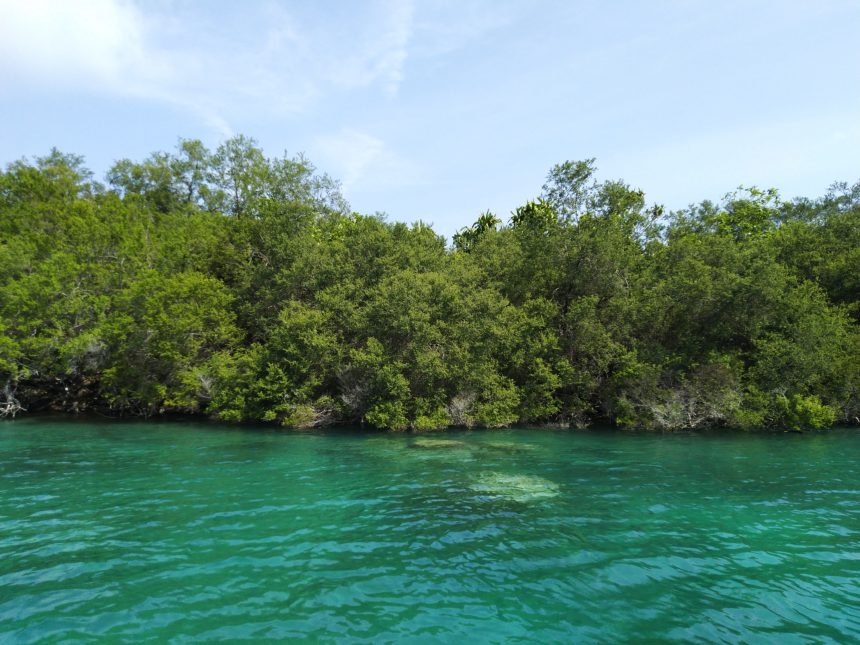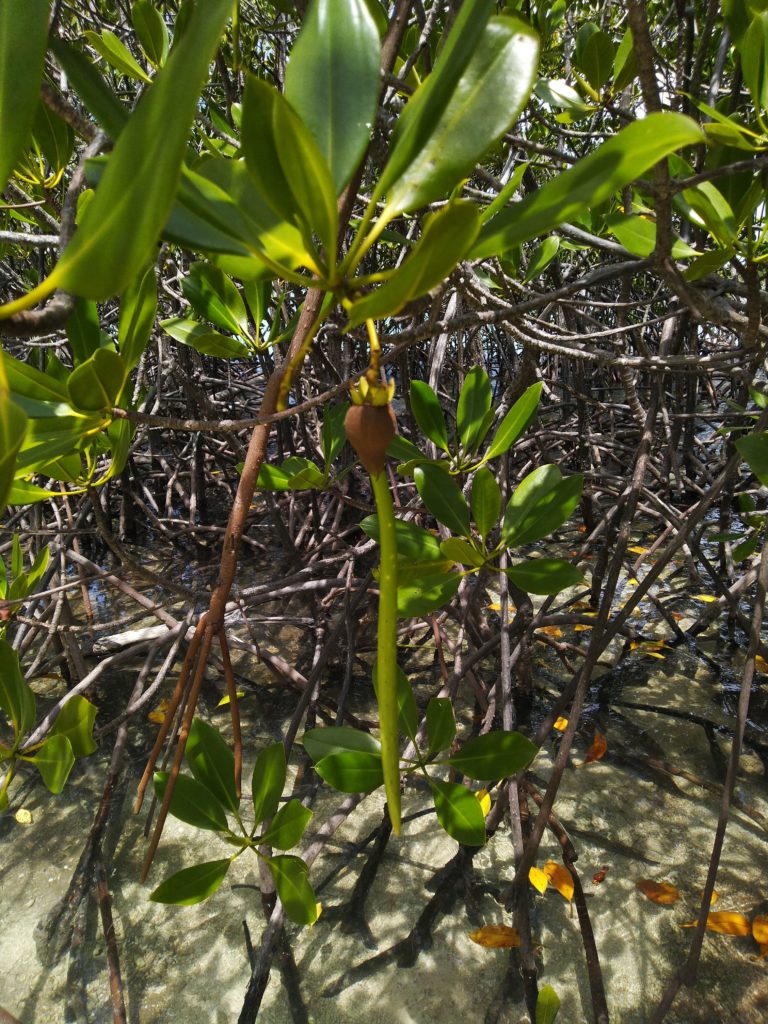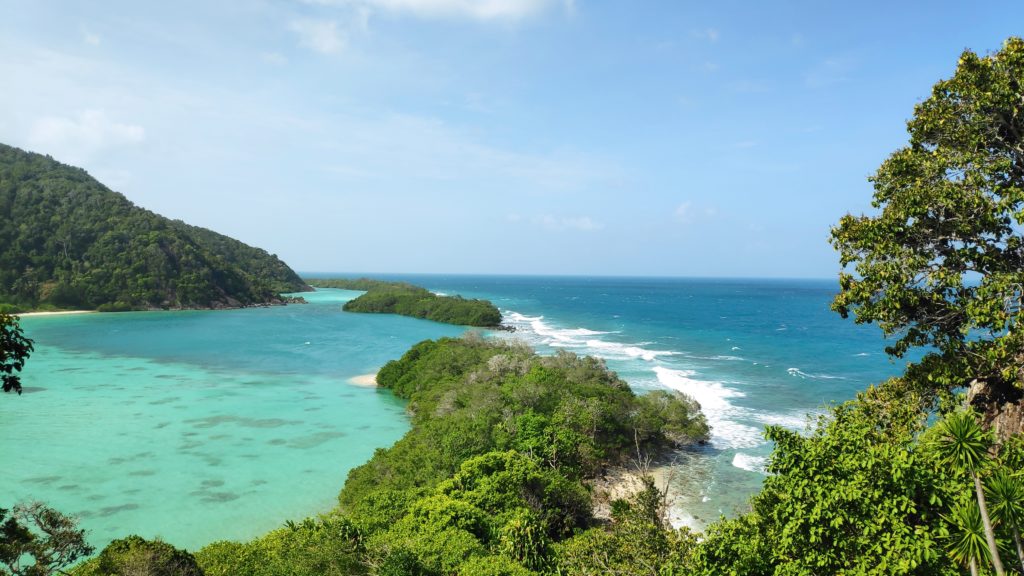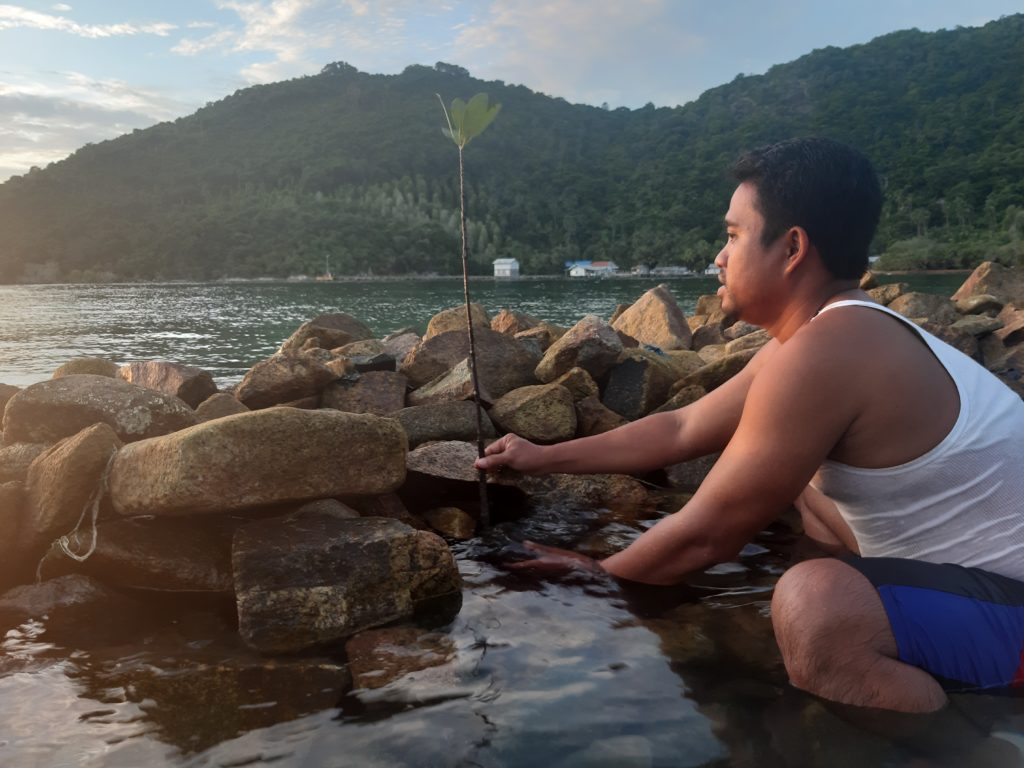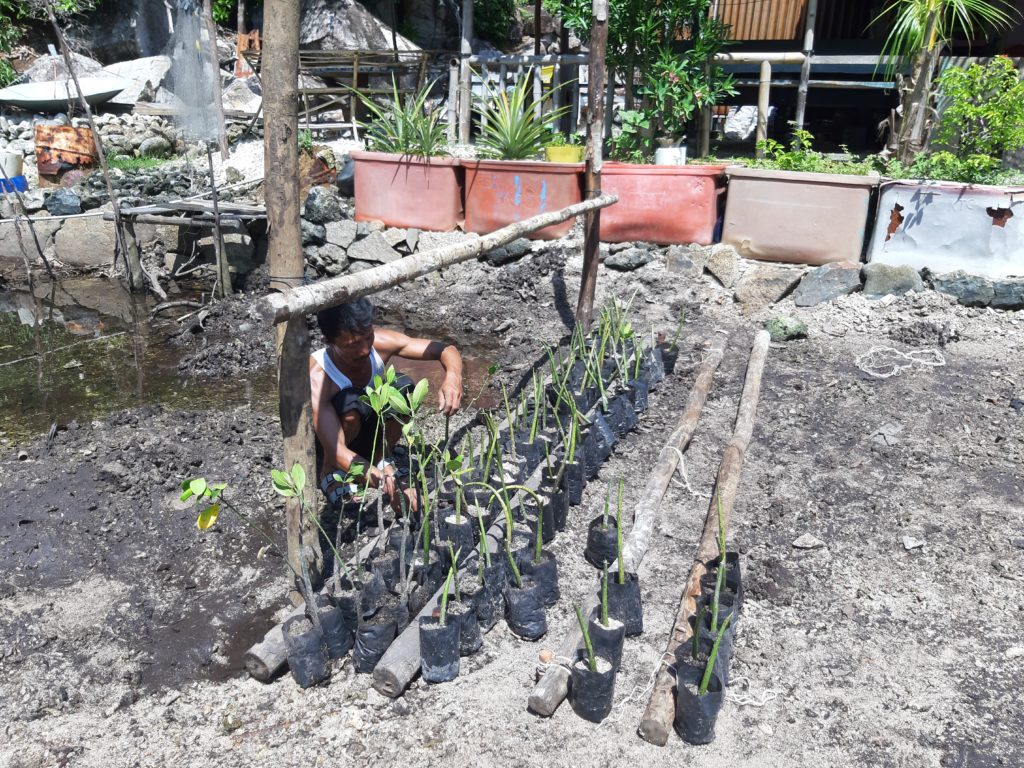Mangrove conservation is an initiative that we and the Anambas local community have been working on as part of our forest conservation program. Back in 2018 we worked together with a team of experts to do assessment on mangrove population around Bawah Island and the result was encouraging.
Bawah island and its surrounding areas have around five species of mangroves namely: Rhizophora apiculata, Pemphis acidula, Bruguiera hainessii, Bruguiera gymnorhiza, and Lumnitzera litorea. These mangroves can be found in three locations on Bawah Island: Setigi, Lidi and Eagle Island. Out of these five variations, the first two have the highest population in the region.
Mangroves are important for the sustainability of tropical marine ecosystems as they offer plenty of benefits for the environment and humans. Below we’ve listed down several important facts about the plant:
Mangroves have a special ability to adapt
Mangroves adapt very well in intertidal zone and harsh coastal conditions. They are salt-tolerant trees, meaning they can filter out as much as 90 percent of salt found in seawater from their system. Some mangroves also have breathing roots known as pneumatophores that grow out from the water surface and can take in oxygen from the air.
Mangroves store carbon
Mangroves help in the fight against climate change because they can store higher amount of carbon than rainforests can. Murdiyarso et al (2015) in his research said that Indonesia’s mangrove forests store five times more carbon per hectare compared to highland tropical forests; 78% of carbon is stored in the soil beneath mangrove trees, 20% of carbon is stored in living trees, roots or biomass and 2% is stored in dead trees.
Indonesia has the largest area of mangrove forest in the world
The total area of mangrove forests in Indonesia is 3,112,989 hectares, or 22.6% of the total area of the world’s mangrove area, higher than Australia (7.1%) and Brazil (7.0%). Sadly, between the years 1980 and 2005, 30% of mangroves area was lost due to degradation caused by deforestation for the development of residential areas and agriculture.
Mangroves as habitat for wildlife
Various kinds of wildlife from reptiles to sea creatures live and thrive in and around mangrove areas as they provide them with food, a place to take shelter and build a nest.
A mangrove forest in northern Setigi Island is home to dozens of bats; meanwhile the forest area in Bawah Island is where Varanus salvator (Asian water monitor) and several species of snakes live.
Mangroves benefit community
Mangrove cultivation along the coastline has the purpose of creating a green belt area that will withstand sea waves to prevent abrasion.
The presence of mangrove area also attracts sea creatures which allows fishermen to catch fish more easily. On top of that, mangrove fruit can be processed into food and further utilized by the community.
References:
Murdiyarso, D., Purbopuspito, J., Kauffman, J. B., Warren, M., Sasmito, S., Donato, D., Kurnianto, S. (2015). The potential of Indonesian mangrove forests for global climate change mitigation. Nature Climate Change. Vol.5, DOI: 10.1038/NCLIMATE2734.
Pramudji., Dharmawan, I. W. E. (2014). Panduan Monitoring Status Ekosistem Mangrove. COREMAP CTI LIPI. Jakarta
Rusila Noor, Y., M. Khazali, dan I N.N. Suryadiputra. (2006). Panduan Pengenalan Mangrove di Indonesia. PHKA/WI-IP, Bogor.
https://www.amnh.org/explore/videos/biodiversity/mangroves-the-roots-of-the-sea/what-is-a-mangrove
https://news.mongabay.com/2018/05/new-study-finds-mangroves-may-store-way-more-carbon-than-we-thought/

